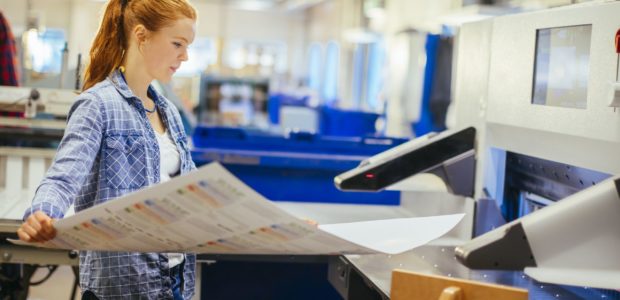|
Getting your Trinity Audio player ready...
|
One of the most exciting aspects of the emerging additive manufacturing (AM) technology space is that unlike more traditional, established manufacturing processes such as machining or fabrication, there are always new innovations which radically reinvent the entire process using a new method.
A striking example of this radical reinvention is the latest innovative 3D printer technology from the Massachusetts-based Seurat Technologies. Seurat’s technology is called Area Printing, which the company claims can be used to sinter powder material by a laser working in square areas at a time, rather than the current process of sintering one tiny dot at a time with a moving laser focal point.
The company’s very name, Seurat, is indicative of its approach since the company is named after the French painter Georges Seurat who was the originator of Pointillism, a style in which an image is formed using many tiny point-shaped brushstrokes, allowing the painter to create a range of tones, values and textures. As the company declares themselves in its mission statement, “Like Georges Seurat’s brush technique, Seurat Technologies applies the same basic principle to laser light and powdered materials. Unlike traditional additive manufacturing, Area Printing from Seurat uses a powerful laser containing over 2.3 million pixels—like brush strokes—to micro-weld thin metal powder layers to the area below it, manufacturing entire renderings at once in a single defined area.”
To generate this laser area, Seurat deploys a machine that shapes the infrared (IR) laser beam into a two-dimensional area using optics to create a homogeneous square field. In the next step of the process, a generated projection of the area pattern with a blue light projector (at the same size as the square laser beam) is aligned with the laser beam. The IR laser beam is then polarized horizontally to ensure that blue and IR light “pixels” overlap via an optically-addressable light valve (OALV). In the case where IR and blue do not overlap, the light is polarized vertically. Since the pattern and remainder areas are polarized 90 degrees apart, it is then possible to split the vertically and horizontally polarized IR laser beams, thereby sending the desired pattern to the powder bed to melt the layer of material while simultaneously dumping the rest.
Area Printing was first developed at the Lawrence Livermore National Laboratory in California, and as of today the company has nearly 130 patents that are either granted or pending.
While certain sectors have already adopted metal additive manufacturing, it has so far achieved only limited penetration into the manufacturing sector as a viable production option, particularly when we consider the vast number of metal parts that are produced daily across the globe. At the present time, additive manufacturing is an attractive option for high-value components at low batch sizes which require significant manual labor. These three factors are problematic for traditional manufacturing since the cost model of traditional processes, such as casting or machining, are generally based on economies of scale. With a high cost per part, high labor cost per part, and not enough volume to spread those costs, this automatically leads to parts becoming prohibitively expensive. This is where AM technology becomes an attractive option since, at that cost level, today’s metal AM is more than competitive.
AM technology also has the added bonus of having the requisite flexibility to produce new shapes and geometries. Seurat’s technology has the capacity to continually drive down the cost per kg of printed parts simply by increasing the speed of printing, thereby making additive manufacturing competitive across more and more industries.
Currently, design for manufacturability is dominated by traditional concepts and traditional thinking with designers who are familiar with these rules, and parts which are consequently designed with them in mind. However in the case of additive manufacturing, which is still relatively new, designers are often unfamiliar with the design capabilities it offers and thus struggle to grasp the potential that it can unlock. To give you an example, why print a living hinge when a functional, multipart hinge can easily be printed and fully assembled in the same amount of time? As additive manufacturing becomes more popular in industry, it is inevitable that designers will unlock new ways to build products and parts that will result in AM technology becoming increasingly essential and valuable.
Seura claims that the value of the technology lies in its potential to scale metal additive manufacturing by providing a much faster way to print accurate, detailed metal parts.
“Area Printing decouples resolution and speed, which is the secret sauce to making 3D printing a high-volume process,” declared James DeMuth, co-founder and CEO of Seurat, in a press release.
In addition, the company further claims that its machine delivers superior surface finish and accuracy, achieving net-shape manufacturing. The company is also confident that its technology will find applications in the same spaces that existing metal AM technologies already have, such as aerospace and performance automotive. However, Serat believes that its faster process may enable it to add value in higher-volume production, such as in automotive, consumer electronics, and industrial applications.


